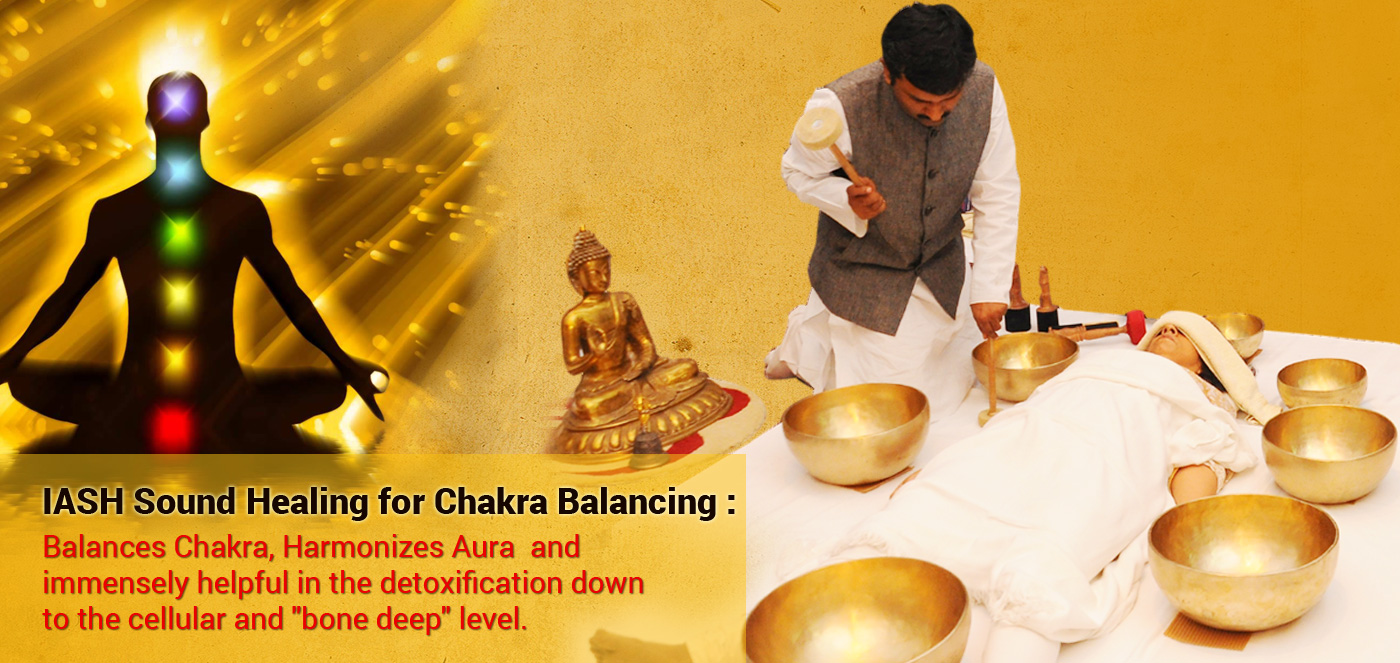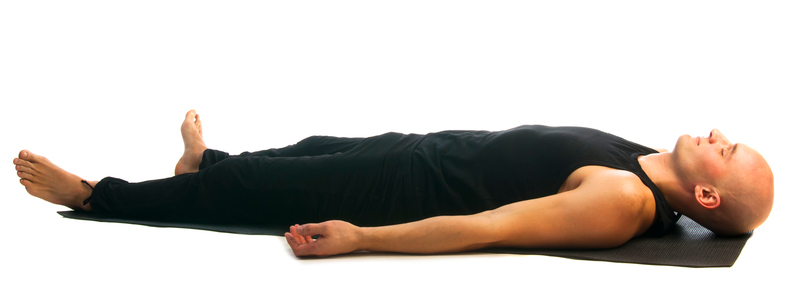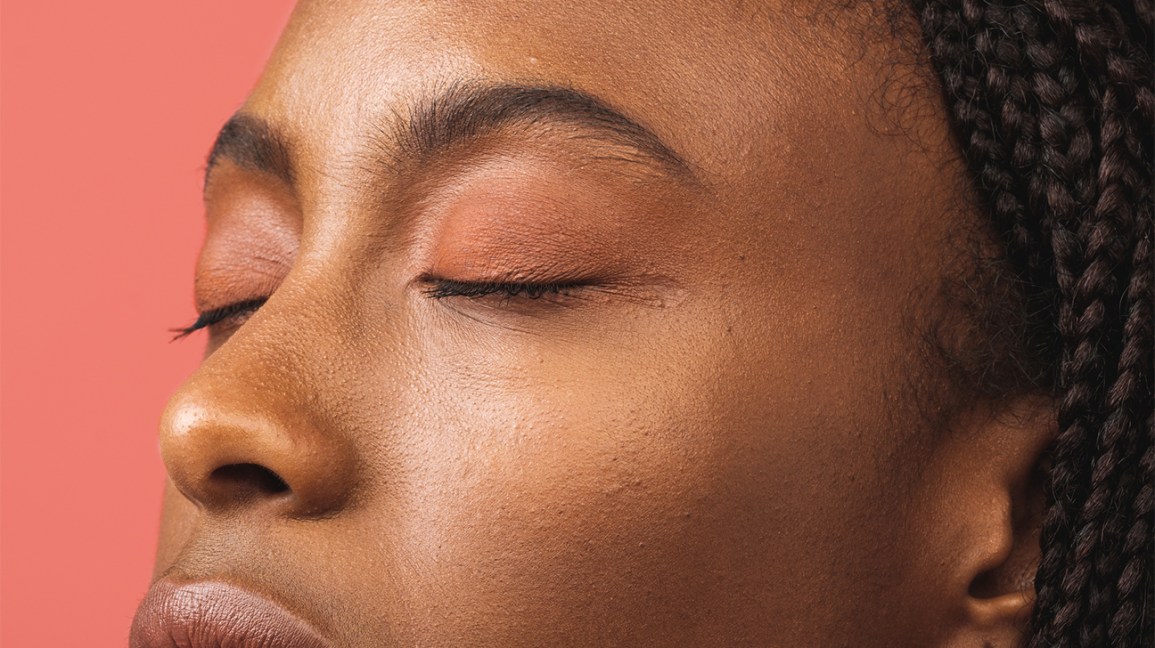
Being grateful is the first step to practicing gratitude. Then, try to focus on the feeling of gratitude. Pay attention to what you feel inside your body. Next, let go of all judgments and try to be present in the moment. This can help realize that gratitude is an essential part of happiness. There are many options for practicing gratitude. You can write a letter to express gratitude or make a wish mental.
The next step is to find something simple to be thankful for. Even if you aren't a mindful person finding one small thing that you can be grateful for will improve your resilience and well being. Follow the Elaine Smookler's advice to get started. For gratitude practice, pay attention to your breath. This is a powerful technique to help you stay in the present moment. Busy minds tend to be drawn to busyness. Next, notice what sensations you feel in your body. Then, direct your attention to the object of gratitude.

There are many meditations for gratitude that have similar benefits. For a gratitude meditation to start, you will need to lay down and close your eyes. You can be creative. Whatever method you choose, you should find one that works for you. Another option is to prepare your bedroom, close your eyes and think about all the things that you are grateful for. Repeat the words "thank you" to yourself until you have a clear understanding of how to practice gratitude.
A guided video is another way to meditate on gratitude. Guided videos will guide you through the steps of practicing gratitude. This video lasts ten minutes and is suitable even for complete beginners. The download link is at the bottom of the page. After you have completed the meditation you can feel your gratitude and feelings. This practice will teach you compassion, empathy, and appreciation for all the good things in your life.
Praying gratitude can provide many benefits. It can make your life more positive and happier. Not only will it make you feel happier, but it will also help you to be more grateful for what you have in life. The practice of gratitude will make you more appreciative of everything. It can be practiced whenever you want, so it can be done whenever you feel like it. You will feel happier about yourself if you can practice gratitude meditation regularly.

It is a great way to cultivate gratitude by taking the time to express your gratitude. It can be a way to express your gratitude more effectively and lead to a happier and healthier you. And it's not just the expression of gratitude that helps you feel more content, but the sharing of this feeling will also benefit others. It will be a great way of improving your relationships. When you are able to recognize and express your gratefulness to others, your life will be more fulfilling and you'll be able to focus on the details that really matter to you.
FAQ
Exercise: Good for immunity or not?
Your immune system is strengthened by exercise. Your body creates white blood cells when you exercise that fight infection. You can also eliminate toxins from the body. Exercise helps prevent diseases like cancer and heart disease. Exercise can help reduce stress.
But, too much exercise can lead to a weakening of your immune system. Exercising too hard can make your muscles sore. This can cause inflammation as well as swelling. Your body then has to produce more antibodies to fight off infection. These extra antibodies can lead to allergies or autoimmune disorders.
So, don't overdo it!
How does weight change with age?
How do you determine if your bodyweight is changing?
Weight loss occurs when there is less fat than muscle mass. This means that calories must be consumed at a rate greater than energy. The most common cause of weight loss is decreased activity levels. Other causes include illness, stress, pregnancy, hormonal imbalances, certain medications, and poor eating habits. A person who has more fat than their muscle mass will experience weight gain. It occurs when people consume more calories each day than they use. The most common causes are overeating, increased activity, hormonal changes, and excessive calories.
Our bodies lose weight mainly because we eat less calories that we burn. Exercise regularly increases your metabolism rate, which allows you to burn more calories every day. But this doesn't guarantee that we'll lose weight. All that matters is whether we're losing weight or gaining muscles. If we're burning more calories than we're consuming then we're going to lose weight. However, if we consume more calories than we burn, we end up storing them as extra fat.
As we age, we become less agile and don't move as often. We also tend not to eat as much food as we used to when we were younger. This is why we tend to gain weight. On the flipside, we are more muscular than we really need and appear bigger.
Without regularly weighing yourself, it is impossible to gauge how much weight you have lost. There are many methods to measure your weight. You can check your waist size, your hips, your thighs, your arms, etc. Some prefer to use bathroom scales, while others prefer tape measures.
For a better track of your progress, try to weigh yourself once per week and measure your waistline once every month. To track your progress, you can also take photos every few months of yourself to see how far it has come.
You can also check your height online to find out how many pounds you have. You'd likely weigh 180 pounds if you were 5'10 tall and 180 pounds if you were 180lbs.
What is the difference in calorie and kilocalories?
Calories are units used to measure the amount of energy in food. Calories is the unit of measurement. One calorie contains the energy needed to raise the temperature of one gram of water by one degree Celsius.
Kilocalories refer to calories in another term. Kilocalories are measured in thousandths of a calorie. For example, 1000 calories equals one kilocalorie.
Statistics
- WHO recommends consuming less than 5% of total energy intake for additional health benefits. (who.int)
- This article received 11 testimonials and 86% of readers who voted found it helpful, earning it our reader-approved status. (wikihow.com)
- Extra virgin olive oil may benefit heart health, as people who consume it have a lower risk for dying from heart attacks and strokes according to some evidence (57Trusted Source (healthline.com)
- In both adults and children, the intake of free sugars should be reduced to less than 10% of total energy intake. (who.int)
External Links
How To
What does the word "vitamin" mean?
Vitamins are organic compounds that can be found in foods. Vitamins allow us to absorb nutrients from food. Vitamins cannot come from the body so food must provide them.
There are two types if vitamins: water soluble, and fat soluble. Water-soluble vitamins dissolve readily in water. These include vitamin C (thiamine), Vitamin B1 (riboflavin), Vitamin B2 (riboflavin), Vitamin B3 (niacin), Vitamin B6 (pyridoxine), Vitamin C, B1 (thiamine), Vitamin B2 (riboflavin), Vitamin B3 (niacin), and Vitamin B6 (pyridoxine). Fat-soluble vitamins can be stored in the liver or in fatty tissue. Vitamin D, E, K and A are some examples.
Vitamins can be classified according to biological activity. There are eight major types of vitamins:
-
A - Vital for normal growth and maintaining good health.
-
C - important for proper nerve function and energy production.
-
D - necessary for healthy bones and teeth.
-
E is needed for good reproduction and vision.
-
K - required for healthy muscles and nerves.
-
P - vital for building strong bones andteeth.
-
Q - Aids digestion and iron absorption
-
R - necessary for making red blood cells.
The recommended daily intake (RDA), of vitamins varies with age, gender and physical condition. The U.S. Food and Drug Administration has established the RDA values.
For adults over 19 years, the RDA is 400 mg per day for vitamin A. Pregnant mothers need 600 micrograms per days because it is vital for the development and growth of their baby. Children ages 1-8 require 900 micrograms per day. Infants under one year of age require 700 micrograms per day, but this amount decreases to 500 micrograms per day between 9 months and 12 months of age.
Children aged between 1-18 years require 800 micrograms of sugar per day, while overweight children need 1000 micrograms. Children who are underweight receive 1200 micrograms every day to meet their nutritional requirements.
Children 4-8 years old who have anemia must consume 2200 micrograms of Vitamin C daily.
2000 micrograms daily is required for adults over 50 to maintain their general health. Mothers who are pregnant, nursing, or have a high nutrient need will require 3000 micrograms a day.
1500 micrograms are required daily by adults over 70 because they lose approximately 10% of their muscle each decade.
Women who are pregnant or nursing need more than the RDA. Pregnant woman need 4000 micrograms daily in pregnancy, and 2500 per day after childbirth. Breastfeeding moms need 5000 micrograms each day when breastmilk production occurs.